In pictures: Crewe's railway transformation marked in exhibition
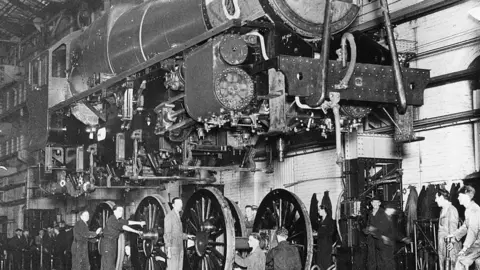 Getty Images
Getty ImagesThe impact and influence of the railway industry on Crewe is being marked with an exhibition.
When the Grand Junction Railway company opened its works there in 1843, Crewe was a village with a few hundred residents.
Over the course of 30 years the number grew to about 40,000 as the industry transformed the entire landscape.
"If it wasn't for the works, there'd be no Crewe," Steve Blackburn, from the Crewe Heritage Centre, said.
"The exhibition is about the people who were employed there and the experiences of those people. Crewe was the works, simple as that."
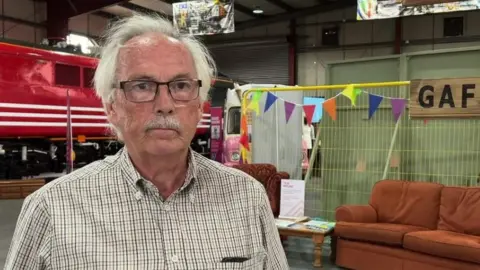 BBC
BBCThe first locomotive rolled off the new production line in October 1843 and, over the following decades, the town became synonymous with the railways, with more than 8,000 locomotives built.
The football club, Crewe Alexandra, also grew out of the works. It was set up by staff from the London North Western Railway and nicknamed The Railway Men.
Eventually, though, the works' dominance began to wane.
 Getty Images
Getty ImagesWhile the works would go on to be used to repair boilers for steam locomotives, the advent of diesel and electric trains in the 1960s saw it decline, Mr Blackburn said.
"When I went in the works in 1967, there were 5,500 [staff] in there. I left in July 2007 and we'd got down to 600," he explained.
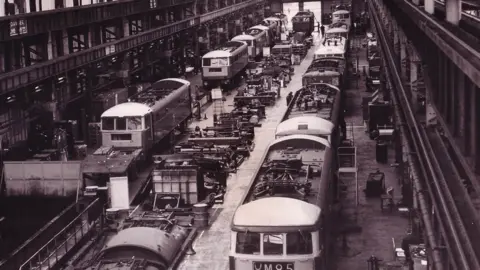 Alstom Group
Alstom Group 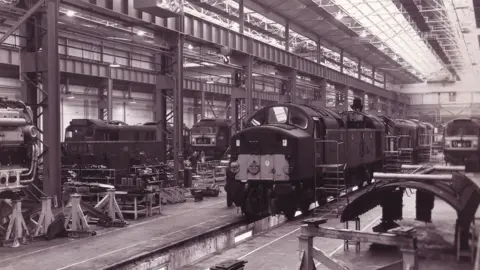 Alstom Group
Alstom GroupBefore he became BBC Radio Stoke's Crewe Alexandra commentator, Graham McGarry helped build locomotives at the works.
"[It was 1971] when I first started," he said. "The one thing I do remember and it's stuck with me forever was the £3 3/6 I took home to my mum and dad.
"It was just one of those places you worked on all sorts of things. You had to earn your place in the main workshop. Once you got your apprenticeship going, it was massive."
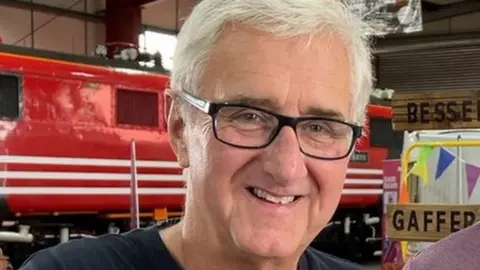 BBC
BBCAs well as charting the history of the Crewe works, the exhibition also focuses on the community and cultural impact, Mr Blackburn said.
"The social side is very important, it got into all aspects of life from being an apprentice to later, it was the university of life," he explained.
 BBC
BBCThe exhibition Forging History is at the Crewe Heritage Centre.
BBC Radio Stoke will broadcast from the centre from 10:00 BST on 16 August to celebrate the town's railway history.
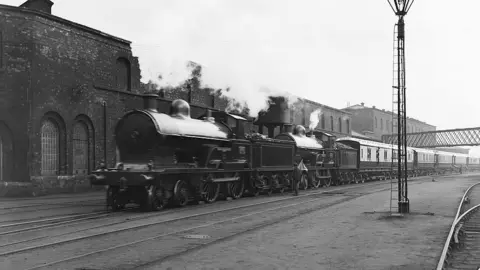 Getty Images
Getty Images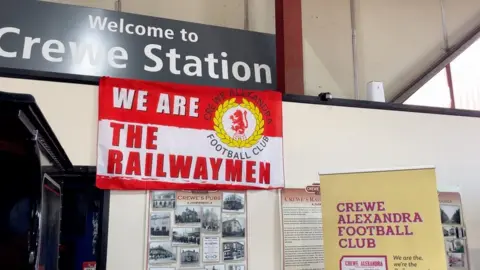

Follow BBC West Midlands on Facebook, Twitter and Instagram. Send your story ideas to: [email protected]
